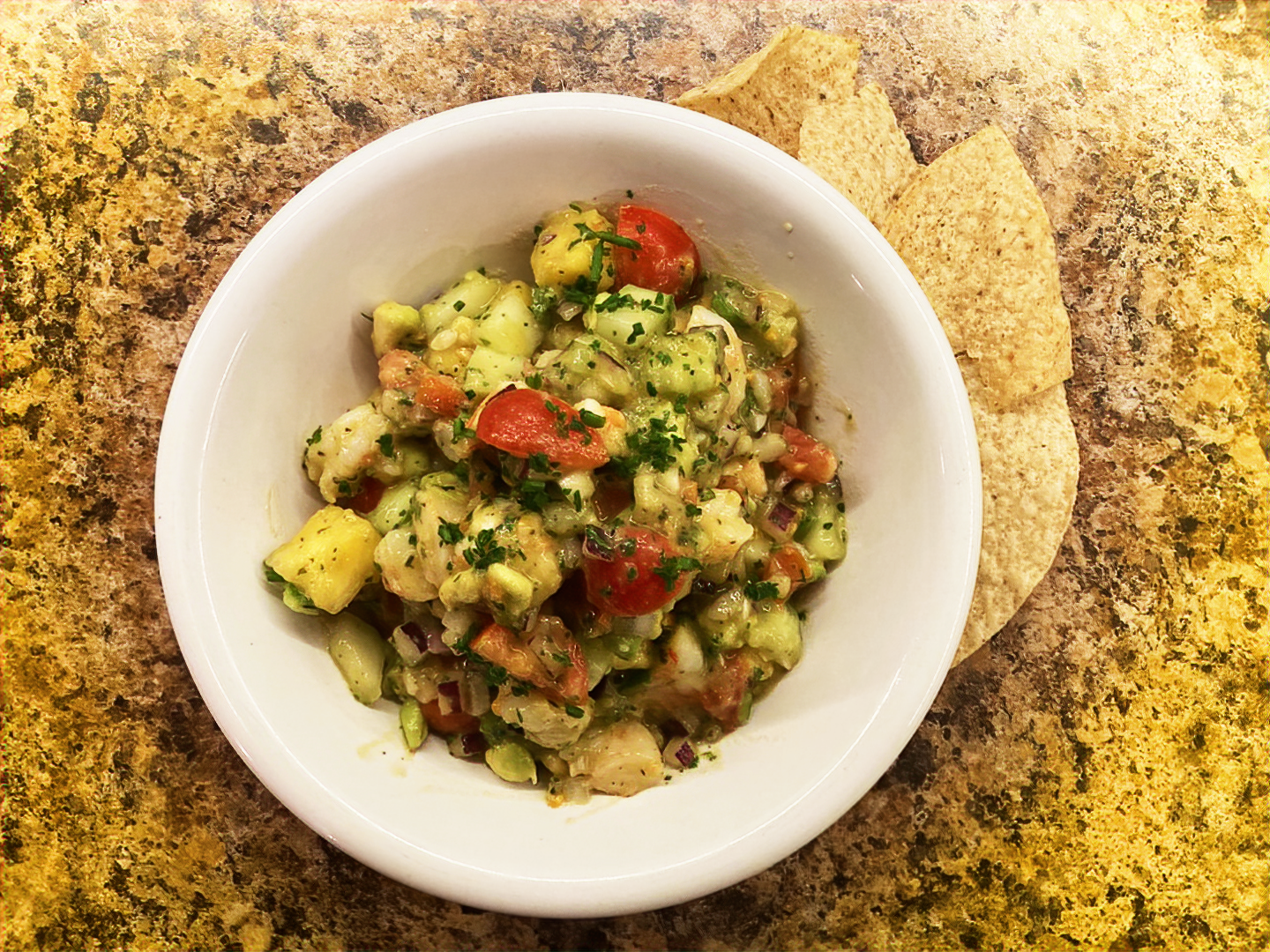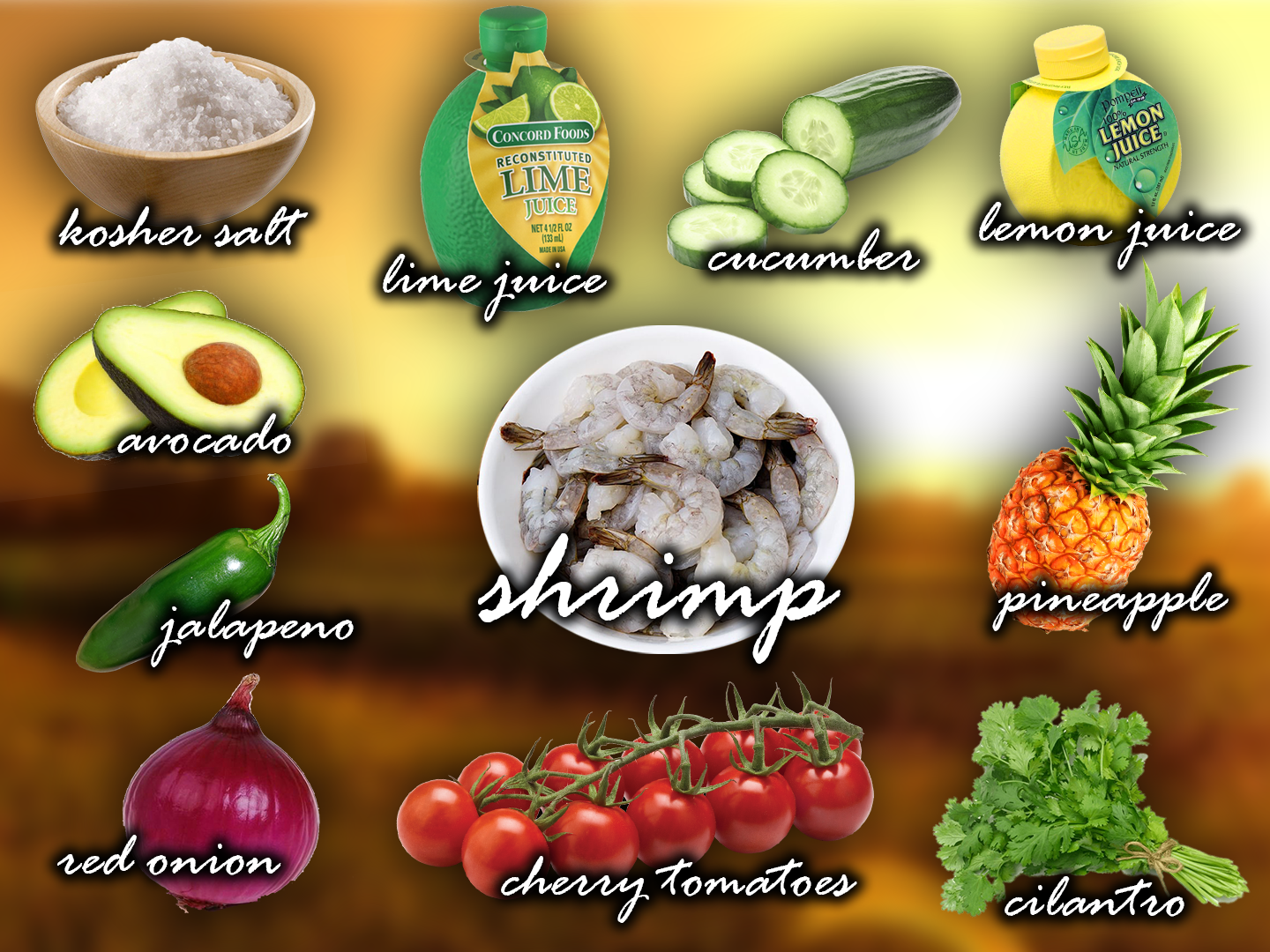From the original article on October 1, 2021. Author: Forest Seeker.

First off, let's address the elephant in the room: is ceviche a soup? I say it is, and I've got “research” to back it up. Etymologically, “ceviche” can be traced back to the Persian word “sikbāg,” a combination of their words for “vinegar” (sik) and “soup” (bāg). While the use of vinegar in ceviche has largely been abandoned in favor of citrus, it appears that the dish originally was a sort of fresh seafood pickle, where the seafood was denatured in vinegar instead of citrus. But it was a soup, okay? It’s in the ancient Persian name—doesn't get more traditional than that!
Summer is a time of free-floating action punctuated by hazy languor. Long days, short nights, and nature flourishing around you. What better way to celebrate such days than with fresh seafood, herbs, and vegetables prepared almost directly before consumption? In a perfect world, when you sit down on your back porch to enjoy your ceviche, the seafood would have been in the ocean that morning and the vegetables would have been plucked from your garden a few hours before. That is how to enjoy the bounty of summer properly: collecting ingredients directly from the land and sea and eating them before the sun sets. In proper happy-go-lucky summer fashion, you don't even need any heat to make this dish—just fresh ingredients and some deft knife work.
Author’s note on the preparation: if you're unsure of the quality of your seafood, by all means, cook it. I recommend steaming. Besides seafood quality, the most important thing in this dish is consistent knife work. This is a great opportunity for you to hone your dicing. Keeping the size of your ingredients consistent will lead to a beautiful presentation, which makes a noticeable difference in flavor. Evenly sized ingredients mix together better, and perhaps even taste better this way because they just look so damn nice (the human mind is funny like that).
Recipe customization: There's lots of room to make this recipe your own, starting with your source of protein. Almost any seafood that can be eaten raw when fresh—and this describes the majority of good quality fish and shellfish—can be substituted in for the shrimp in this recipe, and the options begin to get a little intimidating once you open the door to mixing multiple types! Some suggestions would be fresh scallops, squid, tuna, mackerel, or sea bass. I also hear that Peruvian limes are far superior to other variants for ceviche recipes, so if you can secure them you should absolutely use them.
Makes 4 servings.

Library of Chadnet | wiki.chadnet.org